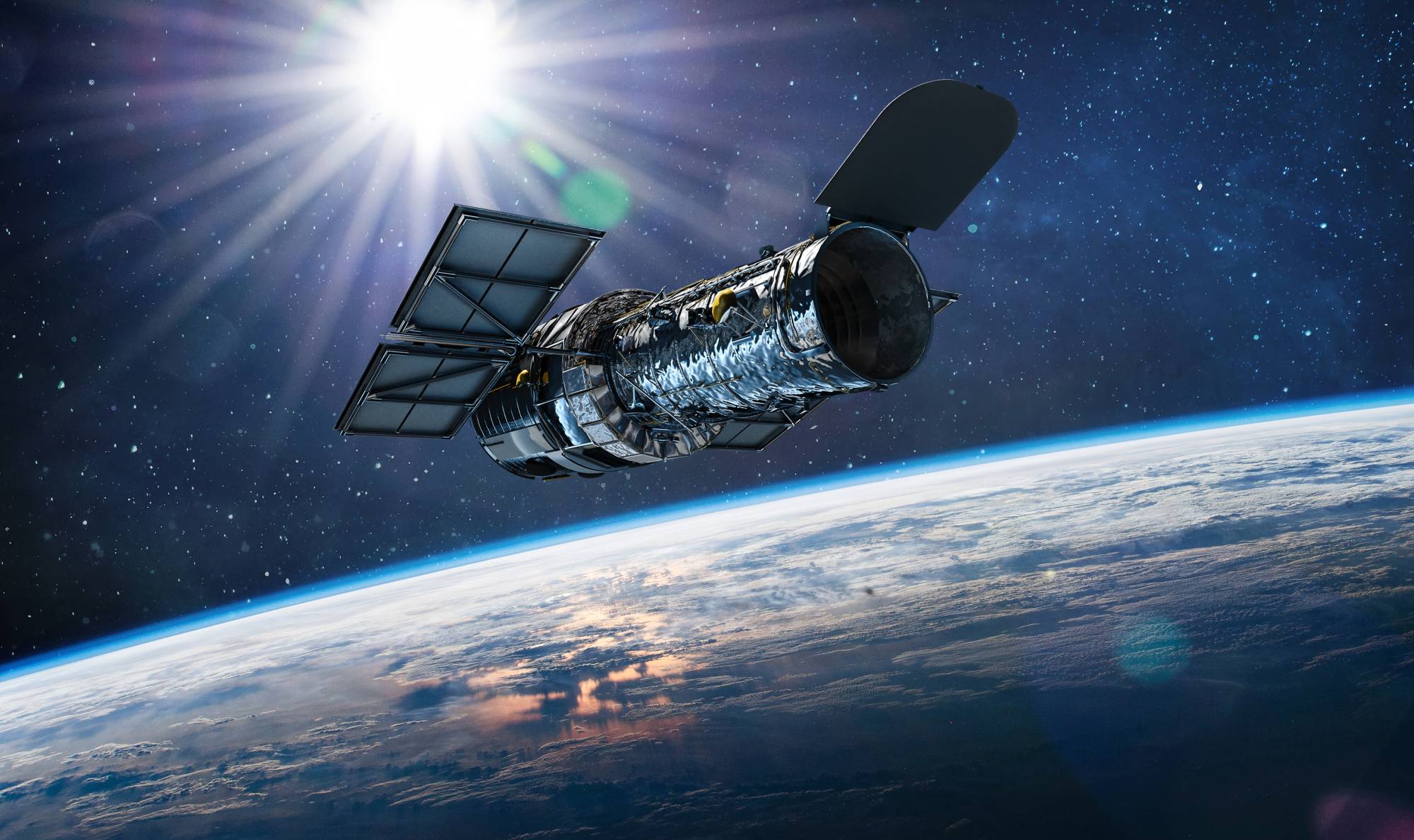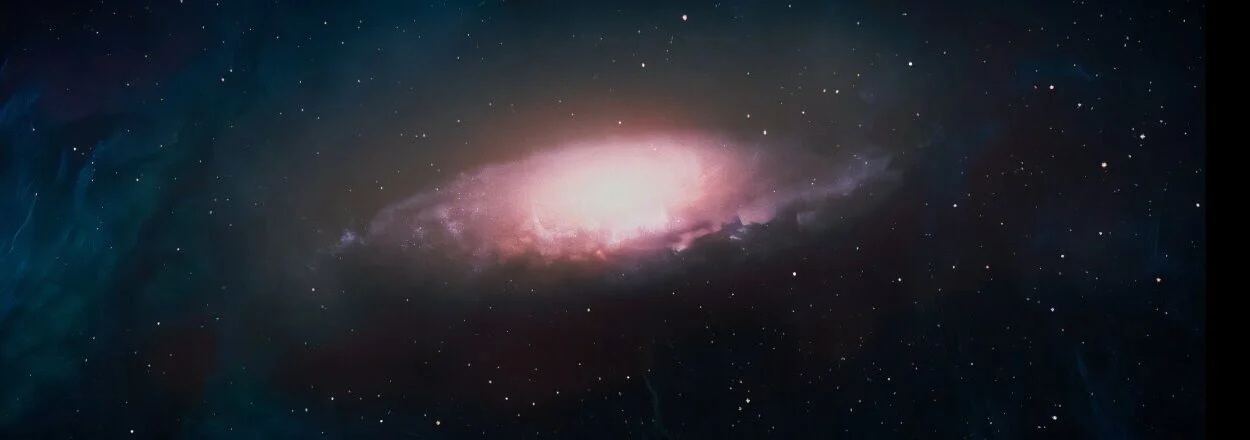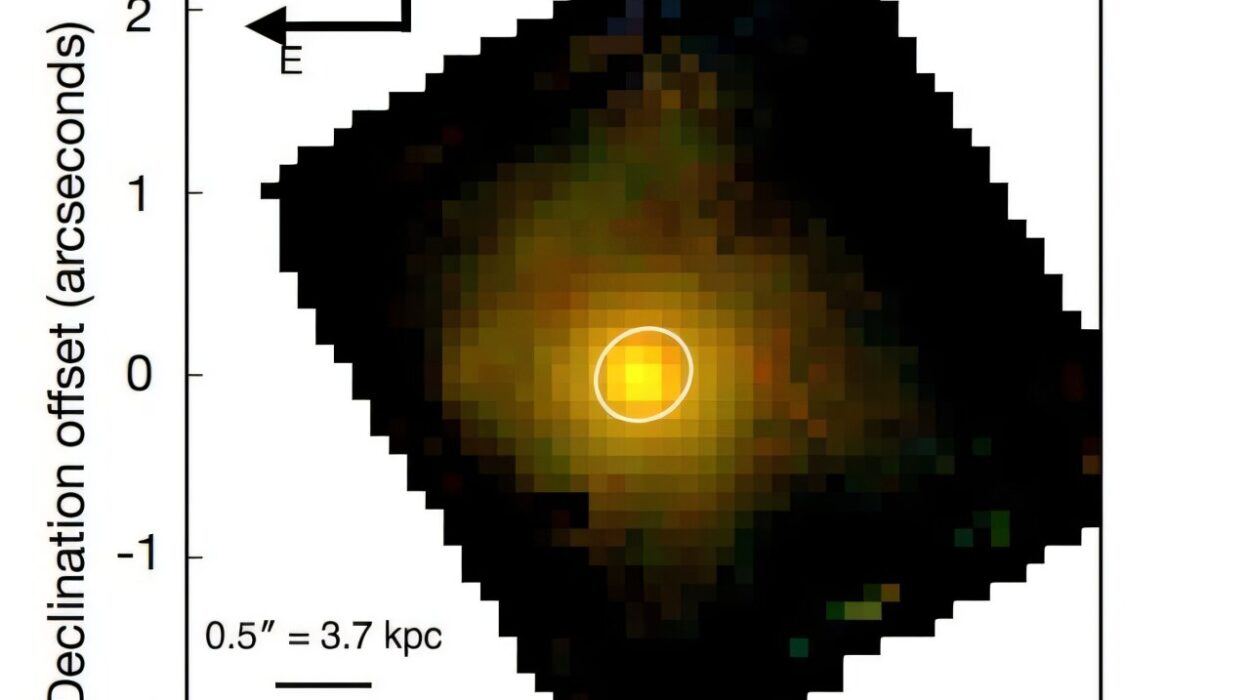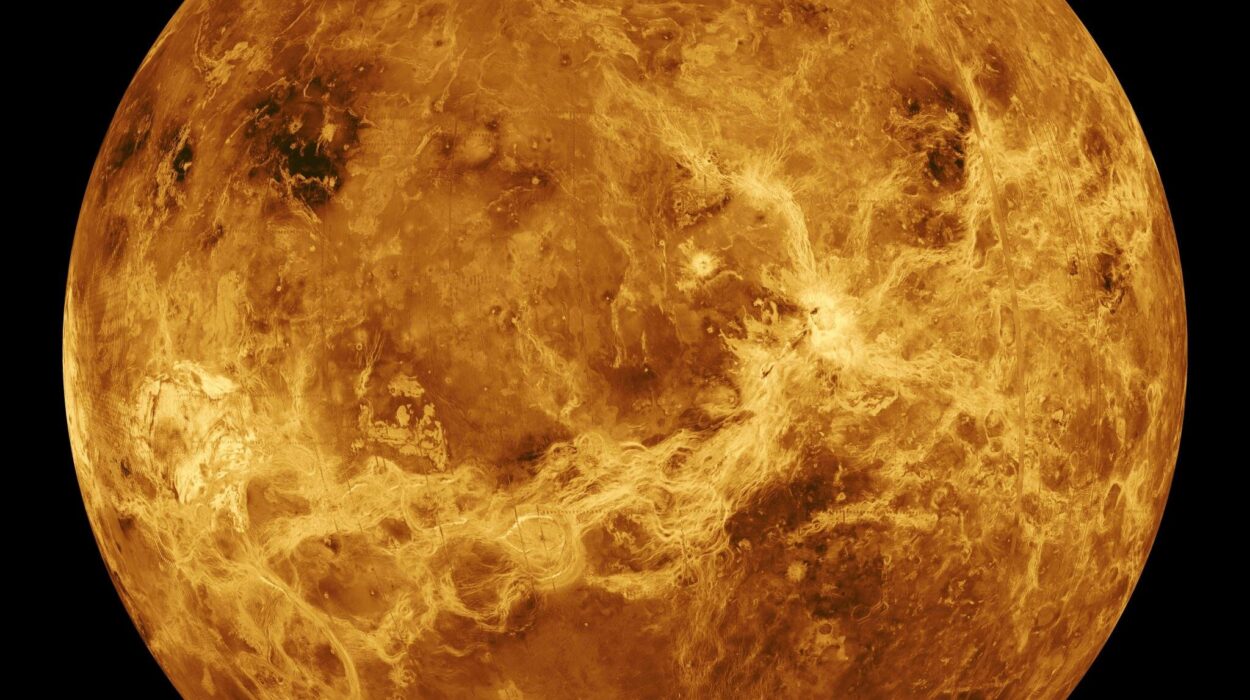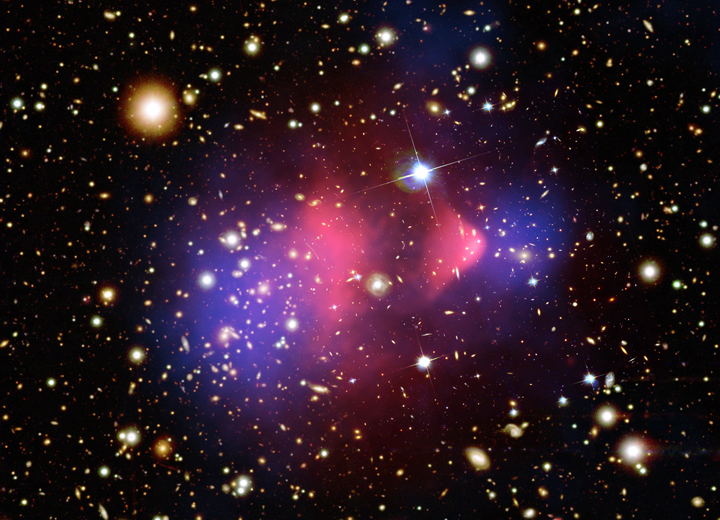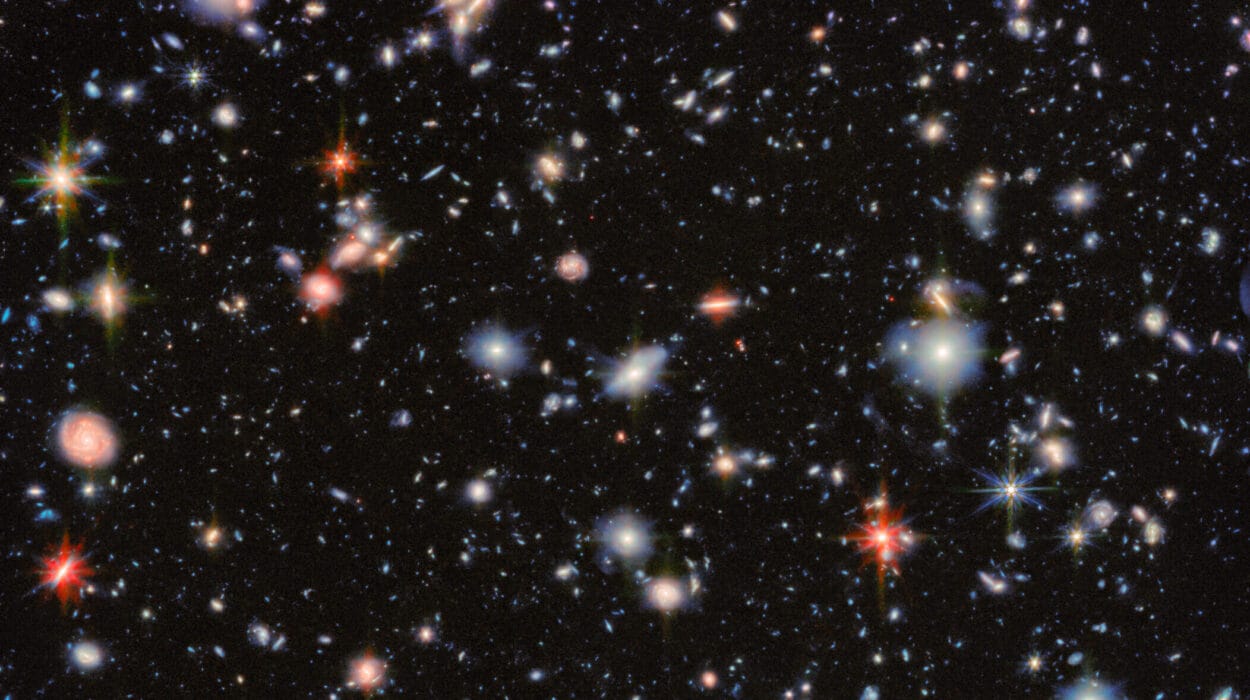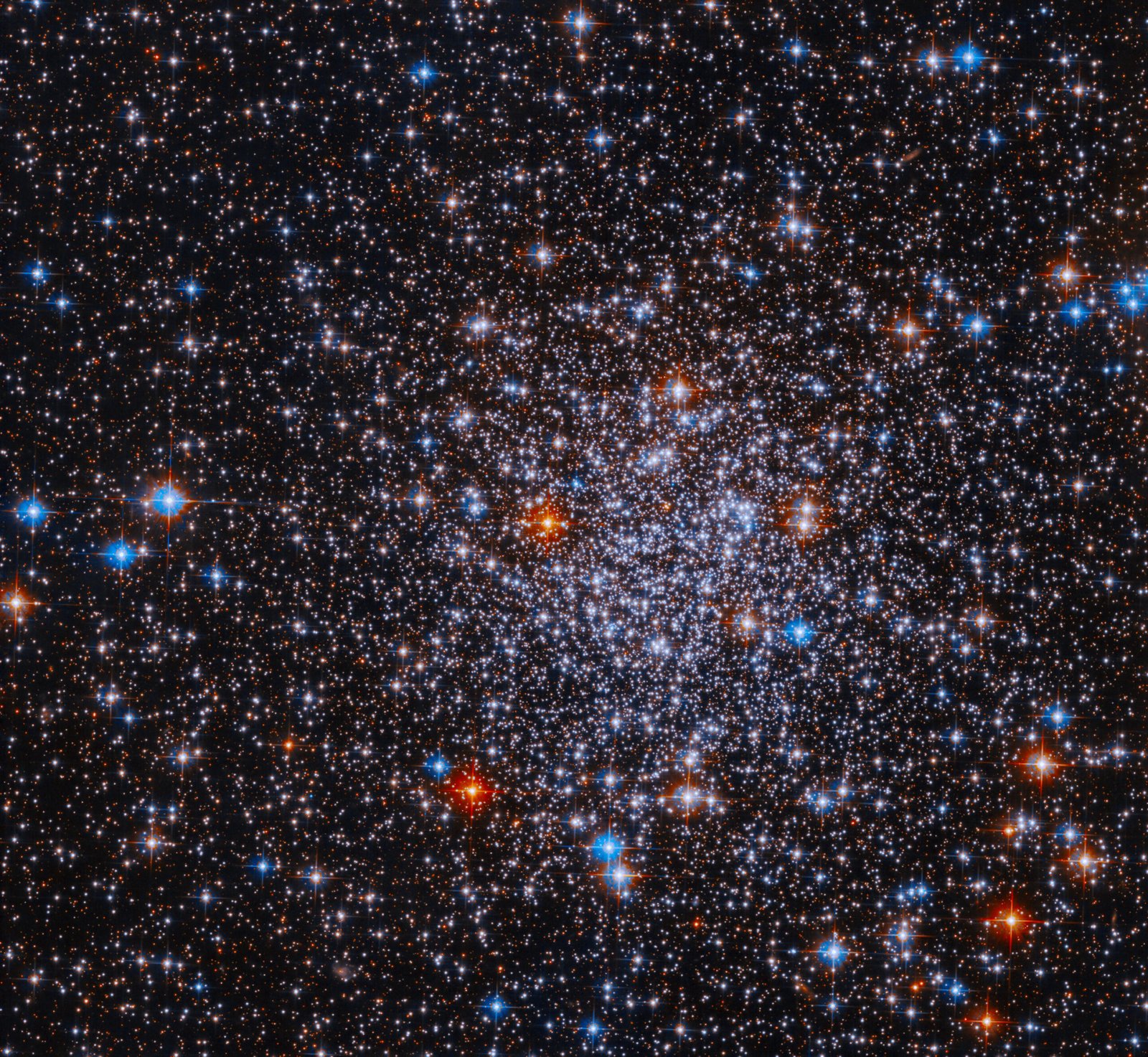For as long as humanity has gazed at the night sky, we have been enchanted by its silent mysteries. The stars have always been there—tiny points of light shimmering against the darkness—but for most of human history, they remained distant and unknowable. Ancient civilizations charted constellations, tracked planetary movements, and imagined stories among the stars, yet the heavens seemed forever beyond reach. Then, a simple invention changed everything. The telescope, a tool born from curiosity and crafted from glass and metal, transformed our view of the universe. Suddenly, distant worlds came into focus, moons revealed their craters, and galaxies emerged like cosmic cities of light. The telescope did not just magnify our vision—it expanded human imagination, giving us a window into the cosmos itself.
Even today, with spacecraft sailing past planets and robots crawling across Martian soil, telescopes remain our primary means of exploring the universe. From mountaintops and deserts, orbiting above the Earth, and even floating in the vacuum of space, these instruments gather light and information from places far beyond the reach of human hands. To understand how telescopes work is to understand one of humanity’s greatest achievements—the ability to peer deep into time and space, unlocking secrets billions of years old.
The Nature of Light and Vision
At the heart of every telescope is light. Our eyes, marvelous as they are, can only detect a limited slice of it—the visible spectrum. Yet the universe speaks in many languages of light: infrared glows from cool dust clouds, ultraviolet radiation from young stars, radio waves from distant pulsars, and X-rays from black holes devouring matter. Telescopes are translators, gathering and focusing these forms of electromagnetic radiation to make the invisible visible.
Light travels in straight lines until it interacts with something—bouncing off mirrors, bending through glass, or scattering in the atmosphere. Our eyes collect light through the cornea and lens, focusing it onto the retina to form an image. A telescope works on the same principle but supercharges it, collecting vastly more light than a human eye could ever manage. This is the first secret of a telescope: it is not simply a magnifying glass for stars, but a light bucket that gathers faint whispers of photons traveling unimaginable distances across space.
The Birth of the Telescope
The first telescopes appeared in the early 1600s, not as scientific tools but as novelties for seeing ships far on the horizon. The Dutch spectacle maker Hans Lippershey is often credited with creating the first design—a simple arrangement of lenses that could bring distant objects closer. But it was Galileo Galilei who, upon hearing of this invention, built his own and turned it toward the sky.
In 1609, Galileo pointed his telescope at Jupiter and saw something extraordinary: four tiny moons orbiting the planet. This discovery shattered the old idea that everything in the universe revolved around Earth. Through his telescope, Galileo also observed mountains on the Moon, phases of Venus, and countless stars invisible to the naked eye. The telescope was no longer just a tool; it became an instrument of revolution, transforming humanity’s understanding of its place in the cosmos.
Refracting Telescopes: Bending Light
Galileo’s telescope was a refractor, meaning it used glass lenses to bend and focus light. A refractor consists of an objective lens at the front, which gathers light and bends it toward a focal point, and an eyepiece lens that magnifies the image for viewing. The principle is elegantly simple: light from a distant star enters the objective lens, which refracts (bends) the light rays to converge into a sharp image. The eyepiece then enlarges this image for the observer’s eye.
The power of a refracting telescope depends on two main factors: the size of the objective lens and its ability to focus light precisely. A larger lens gathers more light, allowing us to see fainter objects. However, building large lenses is challenging. Glass must be flawless, free of bubbles or distortions, and grinding it into a perfect shape takes immense skill. Moreover, as lenses grow larger, they become heavy and difficult to support.
Refractors also suffer from a problem called chromatic aberration. Because different colors of light bend by slightly different amounts when passing through glass, images can appear fringed with color, reducing clarity. Early telescope makers devised ingenious solutions, such as combining lenses of different materials, to reduce this effect. Despite these limitations, refracting telescopes opened the heavens to human sight for the first time, laying the foundation for centuries of discovery.
Reflecting Telescopes: The Power of Mirrors
While refractors use lenses, reflecting telescopes use mirrors to collect and focus light. The concept was introduced by Isaac Newton in the late 1600s as a solution to chromatic aberration. A curved primary mirror gathers incoming light and reflects it to a focal point. A smaller secondary mirror then directs this light into an eyepiece or detector.
Mirrors offer several advantages over lenses. They do not suffer from chromatic aberration since reflection does not depend on wavelength. Mirrors can also be made much larger than lenses without becoming too heavy or distorted. This means reflectors can gather far more light, seeing fainter and more distant objects than refractors.
Modern observatories rely heavily on reflecting telescopes, some with mirrors spanning over ten meters in diameter. These massive mirrors are polished with nanometer precision, capable of capturing the dim glow of galaxies billions of light-years away. Advanced designs even use arrays of smaller mirrors working together, known as segmented mirrors, to act as a single giant collector of cosmic light.
How Magnification Really Works
One common misconception is that telescopes work by magnifying objects. While magnification plays a role, it is secondary to the telescope’s primary job: gathering light. A small backyard telescope with a large aperture will often show more detail than a high-magnification but tiny telescope because it collects more photons.
Magnification in a telescope is determined by the focal lengths of the objective and the eyepiece. However, high magnification does not always mean a clearer image. The atmosphere blurs starlight through turbulence, meaning that beyond a certain point, increasing magnification only enlarges a fuzzy blob. This is why astronomers value aperture—the size of the light-gathering mirror or lens—above magnification. The larger the aperture, the more light is captured, and the finer the details that can be resolved.
The Challenge of Earth’s Atmosphere
Peering into the cosmos from Earth is like looking up from the bottom of a swimming pool. The atmosphere constantly shifts and stirs, bending and distorting starlight. This phenomenon, called atmospheric seeing, makes stars twinkle and limits the resolution of ground-based telescopes.
Astronomers combat this with adaptive optics, a technology that uses flexible mirrors to counteract atmospheric turbulence in real time. By analyzing how a reference star’s light is distorted, actuators subtly reshape the mirror hundreds of times per second, producing sharper images. Adaptive optics have revolutionized ground-based astronomy, allowing telescopes on Earth to rival even those in space for certain observations.
Still, some wavelengths of light—like most ultraviolet, infrared, and all X-rays—never reach the ground because the atmosphere absorbs them. To observe the universe fully, we must place telescopes above the atmospheric veil.
Space Telescopes: Eyes Above the World
The Hubble Space Telescope, launched in 1990, marked a new era in astronomy. Orbiting above Earth’s atmosphere, Hubble captured breathtakingly sharp images of galaxies, nebulae, and distant stars, free from atmospheric distortion. Its observations transformed our understanding of cosmic expansion, dark matter, and the age of the universe.
Space telescopes are not limited to visible light. NASA’s Chandra X-ray Observatory detects high-energy phenomena like black hole accretion disks and supernova remnants. The Spitzer Space Telescope revealed the cool, dusty regions where stars and planets form using infrared eyes. Most recently, the James Webb Space Telescope has begun peering into the earliest epochs of cosmic history, its vast mirror unfolding like a golden flower a million miles from Earth.
Building and operating space telescopes is a monumental challenge. They must endure the vacuum of space, extreme temperatures, and cosmic radiation. Repairs are nearly impossible once launched. Yet their unique vantage point grants us access to the full spectrum of light, opening cosmic windows we cannot see from the ground.
Radio Telescopes: Listening to the Universe
Not all telescopes gather visible light. Radio telescopes, with their enormous dish antennas, capture radio waves emitted by celestial objects. These telescopes revealed invisible wonders: pulsars spinning like cosmic lighthouses, the faint afterglow of the Big Bang, and gigantic jets shooting from galaxies’ cores.
Radio waves can penetrate clouds and pass through interstellar dust that blocks visible light, allowing us to map regions otherwise hidden. Arrays of radio telescopes, linked together using interferometry, can act as a single dish thousands of kilometers wide, achieving astonishing resolution. The Event Horizon Telescope used this technique to capture humanity’s first image of a black hole’s shadow.
Infrared and Ultraviolet Telescopes: Beyond Visible Sight
Infrared telescopes detect heat radiation, letting us see cool objects like forming stars, brown dwarfs, and exoplanets. Because Earth’s atmosphere absorbs much of this radiation, many infrared observatories are placed high on mountains or launched into space.
Ultraviolet telescopes reveal hot, energetic phenomena like young stars and quasars blazing at the edges of the observable universe. Like infrared, ultraviolet light is mostly blocked by the atmosphere, making space-based instruments essential for these studies.
Each type of telescope adds a piece to the cosmic puzzle. Only by combining observations across the electromagnetic spectrum can we fully understand the complex, dynamic universe.
The Evolution of Telescope Technology
From Galileo’s crude spyglass to today’s colossal observatories, telescope technology has evolved dramatically. Modern mirrors use lightweight honeycomb structures, precision-actuated supports, and coatings that reflect specific wavelengths with incredible efficiency. Instruments attached to telescopes include spectrographs that split light into its component colors, revealing chemical compositions, temperatures, and velocities of celestial objects.
Detectors have also advanced from human eyes to photographic plates and now to charge-coupled devices (CCDs), which capture faint light with astonishing sensitivity. Computers process vast amounts of data, turning streams of photons into detailed images and maps of the cosmos.
Future telescopes will push boundaries even further. The upcoming Extremely Large Telescope in Chile will boast a 39-meter mirror. Space-based observatories like the Nancy Grace Roman Telescope will survey billions of stars and galaxies, probing dark energy and searching for exoplanets. Even more ambitious concepts imagine telescopes built in orbit or on the far side of the Moon, free from Earthly interference.
What Telescopes Have Revealed
Telescopes have not only improved—they have transformed reality itself. They showed us that the Milky Way is just one galaxy among billions. They unveiled planets orbiting other stars, suggested the existence of dark matter and dark energy, and traced the universe’s expansion back to the Big Bang.
With telescopes, we have watched stars be born and die, witnessed the collisions of galaxies, and glimpsed cosmic structures stretching across millions of light-years. These instruments have extended human vision to the edge of time, detecting light that began its journey billions of years before Earth even formed.
Humanity’s Cosmic Mirror
A telescope is more than a tool for seeing distant objects. It is a mirror reflecting humanity’s deepest urge: to understand our place in the universe. Each new telescope, from Galileo’s to Webb’s, has widened the cosmic horizon and redefined what it means to be human.
When we peer through a telescope, we are not merely looking outward. We are also looking inward, confronting the immensity of existence and our tiny yet meaningful part in it. Telescopes remind us that we are made of stardust, connected to the galaxies we observe, woven into the same cosmic fabric.
The Infinite Frontier
The story of telescopes is still unfolding. As technology advances, we will see deeper, clearer, and further than ever before. Future instruments may reveal life-bearing planets, map dark matter, or witness the first stars igniting after the cosmic dawn.
Yet even as we push these frontiers, the universe will always hold more mysteries than we can resolve. Telescopes do not end wonder—they amplify it. They whisper that there is always more to see, more to know, more to dream.
Every time we lift a telescope to the sky or launch one into space, we continue the journey that began centuries ago with a simple lens. We follow a timeless human impulse: to reach for the unknown, to gather light from the darkness, and to peer into the cosmos not just to see where we are, but to glimpse where we might go.
